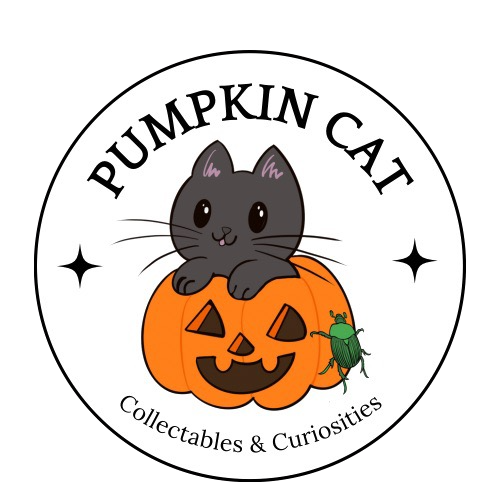Ethics & Sourcing Information
Ethics are one of those touchy subjects that are really open to individual interpretation. For me, I only source insect and animal specimens/parts from sustainable sources where the creature has not been inherently harmed in or taken from its natural habitat. Insect specimens are sourced from multiple reputable insect breeders, farms, and conservationists alike from all over the world. Any taxidermy pieces or animal parts are bi-products of the meat industry, pet food, pest control industry or ultimately met their end naturally. For me personally, I follow a strict vegan diet and any unnecessary harm toward animals is something that makes me deeply uncomfortable and I do not wish to support this.
What is Insect Farming?
In a nutshell, think of it like a dairy or egg farm, but for bugs. These insects are used for many different purposes such as pet food, human consumption, scientific research, zoological parks & some are sold as the dried specimens I use for my artwork. A lot of butterfly farms will release a portion of their live stock into the wild which in some areas can be imperative to their population count and local ecological diversity.
In the wild, butterflies have a LOT of natural predators. Out of every 100 eggs a butterfly lays, 5-10 of those might be lucky to make it to their adult forms. This rate is dramatically higher in insect farms where almost 99% of eggs will survive to reach their adult stage.
How did my insect specimen die?
If your specimen is near perfect condition, it was painlessly put to sleep by being put in a freezer or using gas not long after reaching its adult form. This is a very touchy subject that is unfortunately dodged and mislead by a lot of artists. Yes the specimen died for your artwork. How is this ethical you may ask? As I said above, everyone's ethics are different, but personally I feel like being put to sleep painlessly is much better than starving to death, being squished or eaten, electrocuted in a bug zapper or falling victim to another unfortunate ending in the wild. I also believe after extensive research on the topic, that insect farming is truly the only sustainable farming industry there is.
I do source some specimens from local butterfly houses here in Australia where they collect the dead specimens from the ground once they die naturally. These are far from perfect condition, often missing antennae and with considerable damage to their wings.
Taxidermy & Animal Parts Ethics
All taxidermy pieces, bones, specimens and parts are bi-products of meat products & farming, pet food, pest control, or have met their end naturally. If I cannot confirm the origin of the animal and how it’s life ended with the supplier, I will not stock the item.
Why don't you sell bats?
As beautiful as they are, it is virtually impossible to responsibly or sustainably source bat specimens. Unfortunately to get these specimens caves are gassed and entire colonies of bats can be slain from their natural habitat in a matter of minutes. This has contributed to many species of bats becoming dangerously endangered. I hate to break it to you, but everyone selling 'ethically sourced' bats 'not killed for display' is unfortunately misinformed or straight up lying to you.
